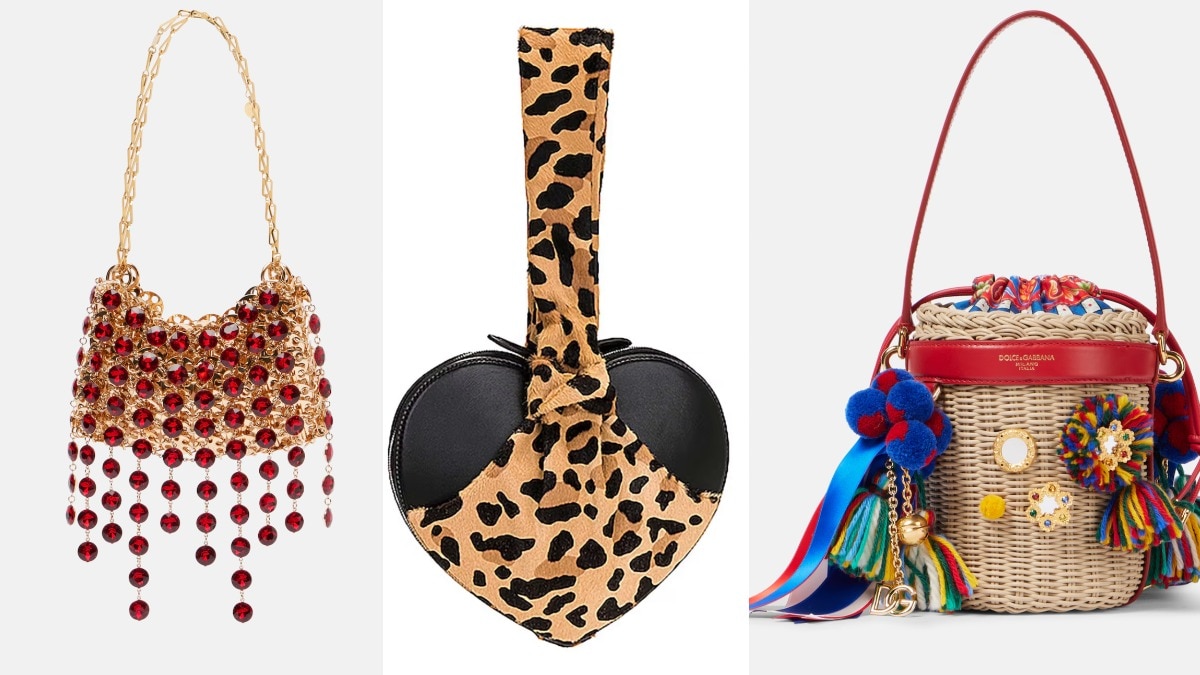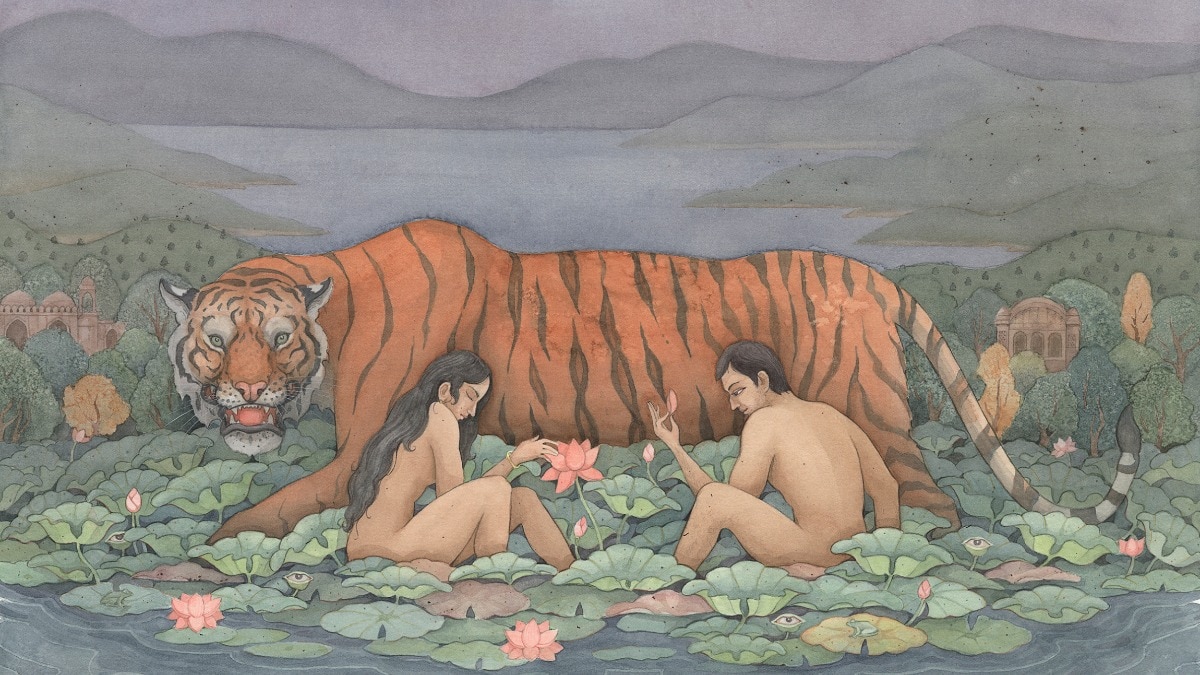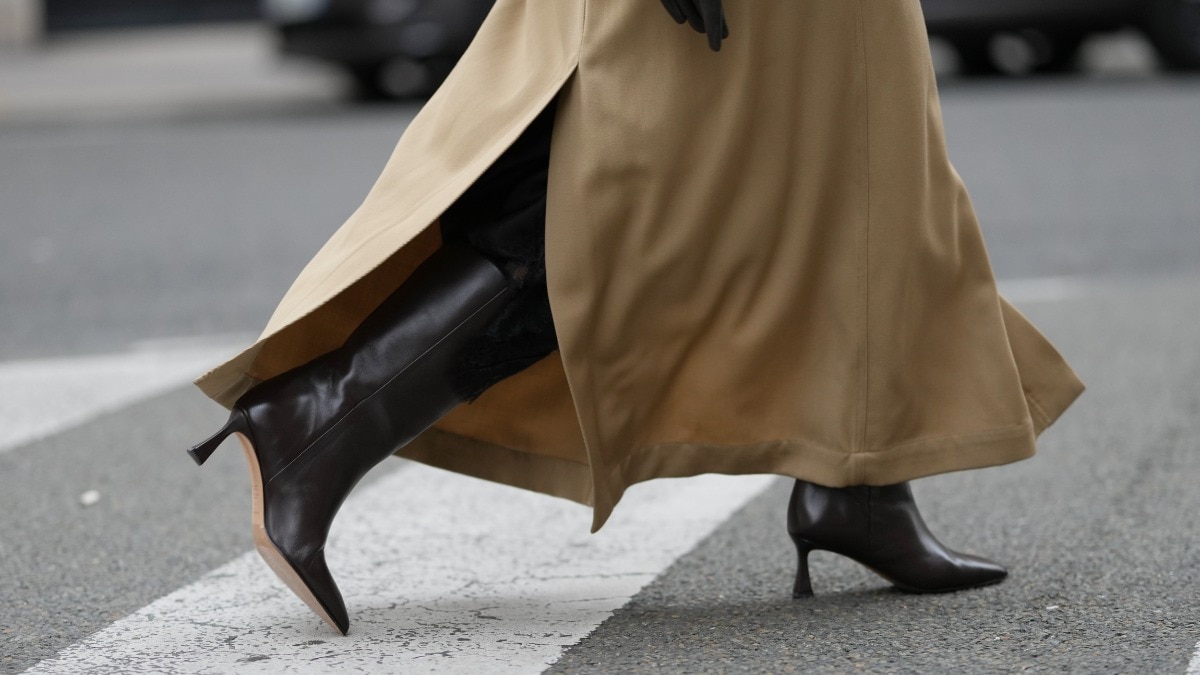
Corfu villa, which housed the Durrells in the hit TV show, is an ambrosial delight
It's called the 'Garden of the Gods' for a reason.


There was no pelican at large in the well-appointed kitchen. Nor any water snakes writhing in the marble bathtub that once belonged to Empress Elisabeth of Austria. But each morning, a solemn grey heron fished from the rocky spit below the garden wall, kingfishers glittered like cobalt darts along the midday shoreline and bats twirled about the terrace at twilight. Young Gerald Durrell would have been enchanted, and recognised this place as his Corfu, where to arrive from gloomy England was, he wrote, "like being allowed back into Paradise". We felt the same.
Surely, no other penniless, itinerant family has had such a profound impact on a foreign shore they so briefly called home as the Durrells did on this lovely island in the Ionian Sea. Only four years passed between their arrival and when war drove them out again. But that chaotic idyll was enough to ignite a furnace of creativity that yielded the eldest brother Lawrence’s Prospero’s Cell, and found its apogee in the vitality and humour of Gerry’s multimillion-selling naturalist trilogy. The sequence began with My Family and Other Animals and has since been translated into more than 30 languages. Over the succeeding decades, the Durrells and Corfu became synonymous in the global consciousness; the connection is no less strong today. The latest wave of Durrell-mania broke in 2016 with the first of four hugely successful ITV series adapted from Gerry’s books, starring Keeley Hawes as the family’s long-suffering matriarch Louisa.

For Durrellistas—especially those who came to the saga through this recent television incarnation—the holy shrine of any Corfu pilgrimage is "the Durrells’ house", as it has become known locally; an absurdly handsome 18th-century Venetian villa, set amid a garden of dazzling flowers, soaring umbrella pines, cypresses, palms, and ancient olives, beside the shining sea at Kontokali.
On screen, Villa Posillipo played the role of the Durrells’ second Corfu residence, the Daffodil-Yellow Villa. And there we were, on set. Or, rather, on holiday, in far more rarefied circumstances than the impecunious Durrell clan ever enjoyed.
Villa Posillipo has been owned by the same prominent Corfiot family since 1889. After the film crews left, the square-built, three-storey residence, with its stone-and-plaster walls and green shuttered windows behind balustrades, was returned to its original grandeur and is now available to rent.
The Editor and I stayed there in late October; we were two families with four teenagers. "Now and the spring are the best times to visit Corfu," said our excellent guide, a local woman called Angela, provided by the Thinking Traveller. "The weather is perfect and there are fewer tourists in the towns."
Dawn was shrouded behind a romantic, seasonal mist that dispersed by breakfast time, when one could take coffee on the terrace in short sleeves while gazing across the Corfu Channel to the caramel hills of Albania and the Greek mainland beyond. By noon, the temperature was well into the mid-twenties, and songbirds and cicadas competed with the shush of the waves, a few feet below. Rain in London, we noted.

Unlike the real-life Daffodil, Yellow Villa, located a few hundred metres away on a hillside across the coastal highway, the televisual Durrell home has a garden gate through which one steps onto a secluded shingle beach, where sun-loungers on a tiny jetty and the clear, balmy waters await the bather or juvenile paddle boarder (boards were provided at the villa).
Tempting though it was to do nothing and go nowhere, we decided to explore. Motor launches are available at several locations nearby; we hired ours from the Dassia watersports hub, and puttered north, under cloudless skies, along the jagged coast as far as the bay at Agni, where we feasted on freshly caught sardines at a high-end taverna on the beach.
Later, we dropped anchor in a little cove, coming upon the cliff-face shrine under which Larry and the beautiful artist Nancy—his then-wife, whose existence was expunged from the innocence of My Family and Other Animals—sunbathed naked. "St Arsensius guards our bathing," Larry wrote in Prospero’s Cell. We leapt from our boat and swam ashore in crystal waters, having clocked a young couple, still in bathing suits, entwined beneath the shrine, possibly in romantic homage to Larry and Nancy.
The villa and its environs loomed lovelier than ever in the hour before dusk. Out on the bay, solitary men cast nets from little boats, cleaving cerulean lines on the deep blue until the sea turned to silver. Albania began to fade and the fishing boats turned for home.
On a promontory, some five miles south of the villa, lies Corfu Town. This is in no way to be neglected, particularly the Old Town, whose architectural influences range from Venetian Baroque, through Napoleonic French to Georgian English, reflecting the empires that held power for over half a millennium. Unlike the rest of Greece, the Ionian Islands never succumbed to the Ottomans.
We met our guide at the municipal gardens—named, inevitably, after Larry and Gerry Durrell—below the Old Fortress, and then crossed Spianada Square, which encompasses perhaps the loveliest and most unexpected cricket field in the world. The sport has been played here for 200 years, since the British Protectorate, and it was on the boundary, each summer, that The Durrells’ production crew set up camp to film their scenes. It’s no accident that the pitch lies within view of the stone façade of the gorgeous British Palace—the governor’s residence—which glowed a buttery hue as the sun dipped on that October evening.
We saw the ancestral home of Theodore Stephanides, Gerry’s polymath friend and mentor, which peeps out from behind a jacaranda-tree. Nearby came the urgent sounds of a Macedonian-folk-dance class and, through a doorway, we glimpsed a group of women circling around the room.
On our final night, two jolly matriarchs from the north of the island came down to cook an alfresco terrace dinner of spanako-pitas, big bowls of taramasalata, and Greek salad, moussaka, grilled vegetables, and a lime tart. The sighs of contentment could have been heard back in England.
During our stay, an occasional fan tip-toed along the strand to get a photo of ‘the Durrells’ house’ from below the sea wall. One morning, three large cruising yachts dropped anchor a few hundred metres off shore so that their passengers could do the same. We felt like royalty—which, on Corfu, would make you a Durell.
This piece originally appeared in the October 2023 print edition of Harper's Bazaar UK










